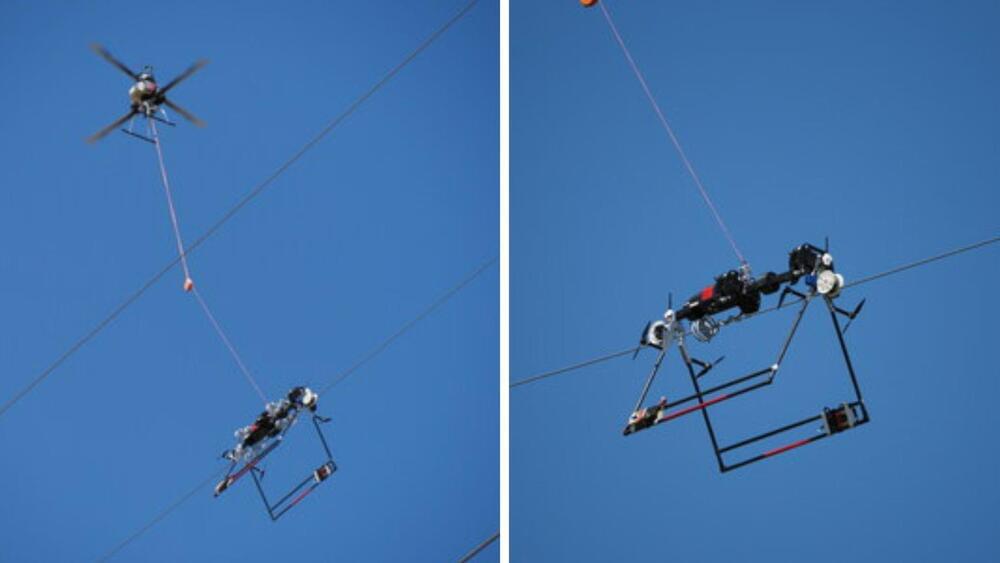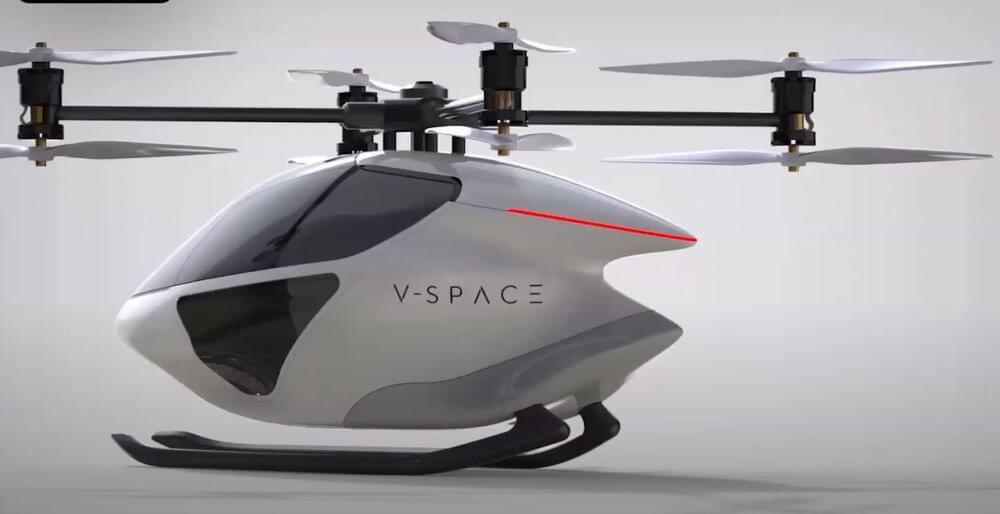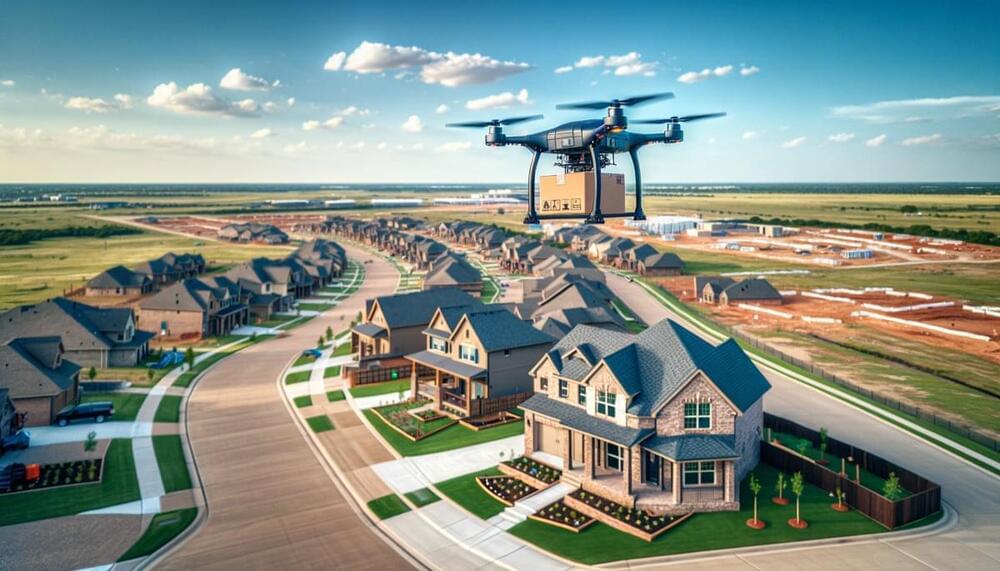The Mini LineFly strives to improve utility workers’ safety and safeguards wildlife from accidental contact with power lines, reducing the probability of unintended bird collisions.
With the world already witnessing the launch of a myriad of robotic devices since last year, another drone-based robotic system takes to the skies.
This new unmanned robotic system called the Mini LineFly is seemingly the world’s most advanced automated robotic system devised to install bird diverts on overhead power lines, according to a statement by the founding companies.
Introducing Mini LineFly
PLP (Preformed Line Products) and FulcrumAir partnered to launch the Mini LineFly bots, the first already functioning during the High Banks Wind Project in Kansas.



 עברית (Hebrew)
עברית (Hebrew)